What Can I Do To Help My Equine Asthma Horse?
What is equine asthma?
Equine asthma is a term used to cover the spectrum of chronic inflammatory airway disorders
What are these disorders?
Inflammatory Airway Disease (IAD)
Recurrent airway obstruction (RAO)
May also be called: Heaves or Broken wind
Can also be broken down into Barn-Associated or Pasture-Associated
Is my horse a possible RAO or IAD horse?
RAO is commonly seen in older horses: signs may consist of
labored or increased breathing and/or cough at rest
chronic cough
nasal discharge
exercise intolerance
respiratory difficulty
heave line
IAD is commonly seen in younger horses: signs may consist of:
Normal breathing at rest
Exercise intolerance
Poor performance
Intermittent cough/ coughing during exercise
Typically completely recover with treatment
Can also occasionally recover spontaneously without intervention
There are two types of RAO, how do I know which one affects my horse?
Barn-Associated RAO is most prevalent with stabled horses and signs become exacerbated during the winter and spring months
Pasture-Associated RAO is most prevalent with pastured horses and signs become exacerbated during the summer and early fall months (more commonly seen in the southeast)
What causes Equine Asthma?
Typically results from hypersensitivity to inhaled antigens in the lungs.
Mold, dust, endotoxins are the most common
What can I do to help my Equine Asthma horse?
The biggest factor for relieving Equine Asthma is changing the horse’s environment and diet
Barns: improve airflow, keep an open barn aspect
Keep barn doors open to maximize airflow
Keep horses outside for as long as possible
Clean stalls and sweep while horses are outside
Do not store hay above horses’ stall
Bedding: low dust bedding is an option for asthmatic horses (i.e. shredded paper or cardboard)
Hay: maybe the most important change to improve your horse’s symptoms
Loosely spread hay out on the ground.
Spray hay with water to reduce dust content.
Avoid hanging hay as small particles will fall out and become airborne
Consider feeding hay pellets or soaked cubes along with a complete feed to eliminate hay altogether.
Avoid feeding round bale hay or hay that a horse can bury their face in.
Round bale hay is often high in organic dust and endotoxins, the use of round bales could potentially cause treatment failure when maintaining an asthma horse.
Medical treatment: your vet may choose to use corticosteroids or bronchodilators depending on the severity of the condition
Note that without environmental and dietary changes medical management is often futile.
Will I still be able to ride my horse?
Management may be lifelong however with a dedicated owner and vet involvement, many horses are able to continue a life of riding whether it be trail riding or competitive.
Sources:
Veterinary practice news “What you need to know about equine asthma syndrome” David W. Ramey, DVM 2017
AAEP “Recurrent Airway Obstruction (RAO) in the horse” Amanda House DVM, DAVIM 2016
The Horse “Is your horse struggling to breathe? Equine asthma might be the cause” Stacey Oke, DVM, MSC 2016
